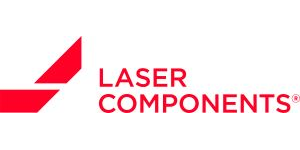LiDAR technology has gained significant importance in various fields, including autonomous
vehicles, environmental monitoring, and remote sensing. 905nm pulsed laser diodes are an
essen2al component of a LiDAR system, which performance relies heavily on the laser power level
and the characteris2cs of its emi4ed light beam. While the fabrica2on of high-power pulsed laser
diodes is already mature, reliably combining a high-power level and a concentra2on of the laser
beam (>90%) within a limited emi8ng width is an ongoing challenge. Another major concern is
the development of facet coa2ngs capable of withstanding the high-power density generated by
these lasers. Facet degrada2on due to the excessive op2cal power leads to a reduced laser
efficiency and a risk of increased failure rates.
In this work, we tackle the above-men2oned challenges. To do so, we have devised novel op2cal
waveguide designs of triple junc2on lasers with op2mised mode profiles and an effec2ve
confinement structure. This enables lasers to reach a power density that is five (5) 2mes higher
than the standard one and to confine most of the beam energy within an emi8ng width less than
60 μm. These designs enable efficient power extrac2on and minimise power losses, thereby
enhancing the overall laser performance. Furthermore, our research explores innova2ve
approaches to facet coa2ngs that enhance the facet reliability and minimise power-induced
degrada2on. This results in highly reliable high-power density lasers, as demonstrated by
thousands of hours of life test data.
Through this research, we have achieved significant advancements in op2cal waveguide design
and fabrica2on for high-power laser diodes in LiDAR applica2ons. Experimental results clearly
demonstrate improved power efficiency, reliable facet coa2ngs, and effec2ve energy confinement
within the desired emi8ng width.
Show full description +
